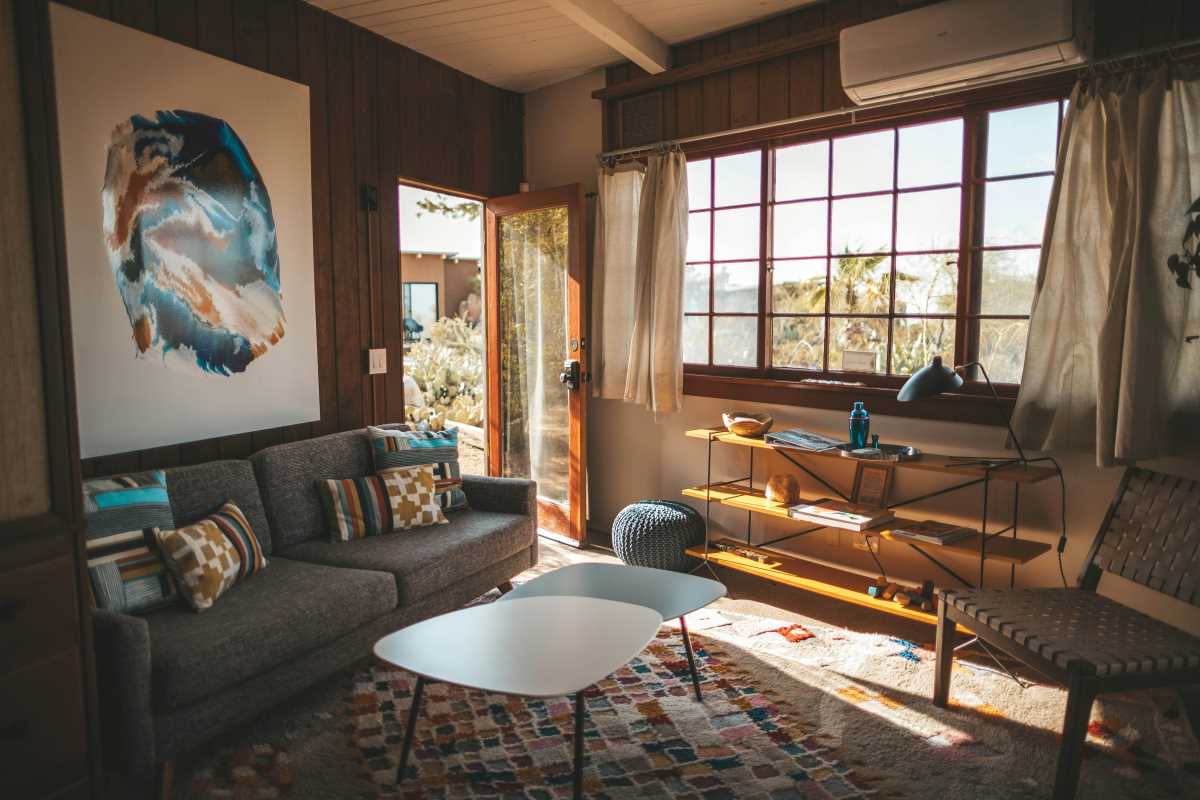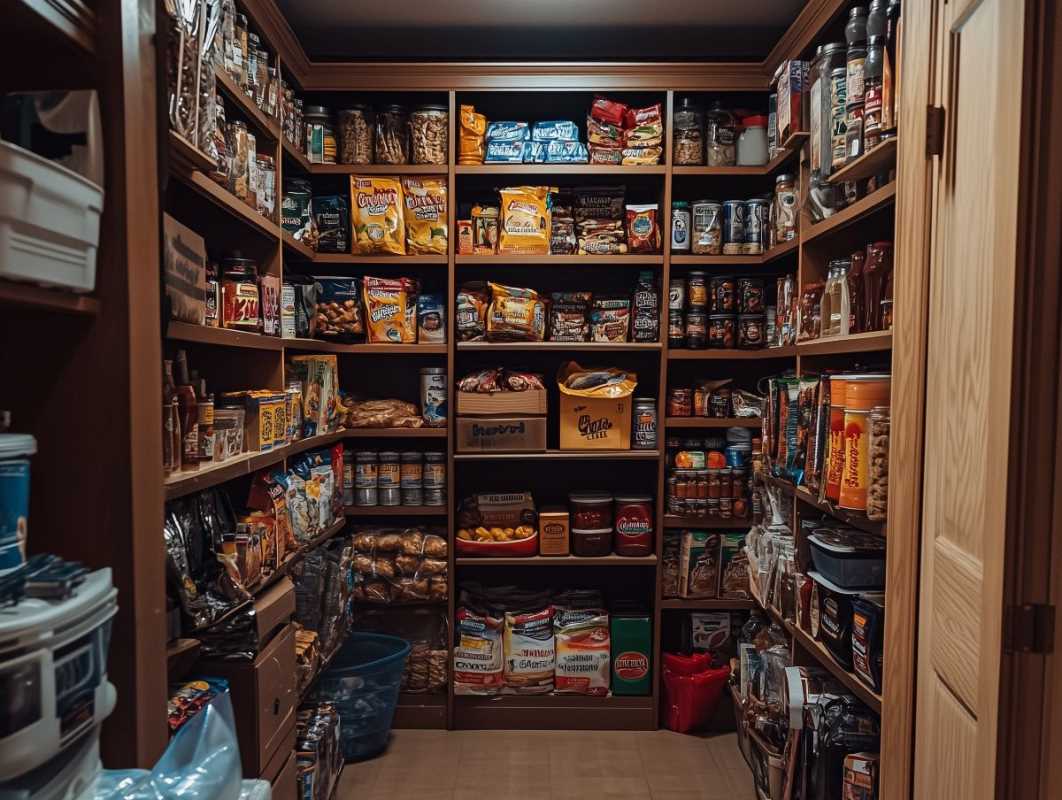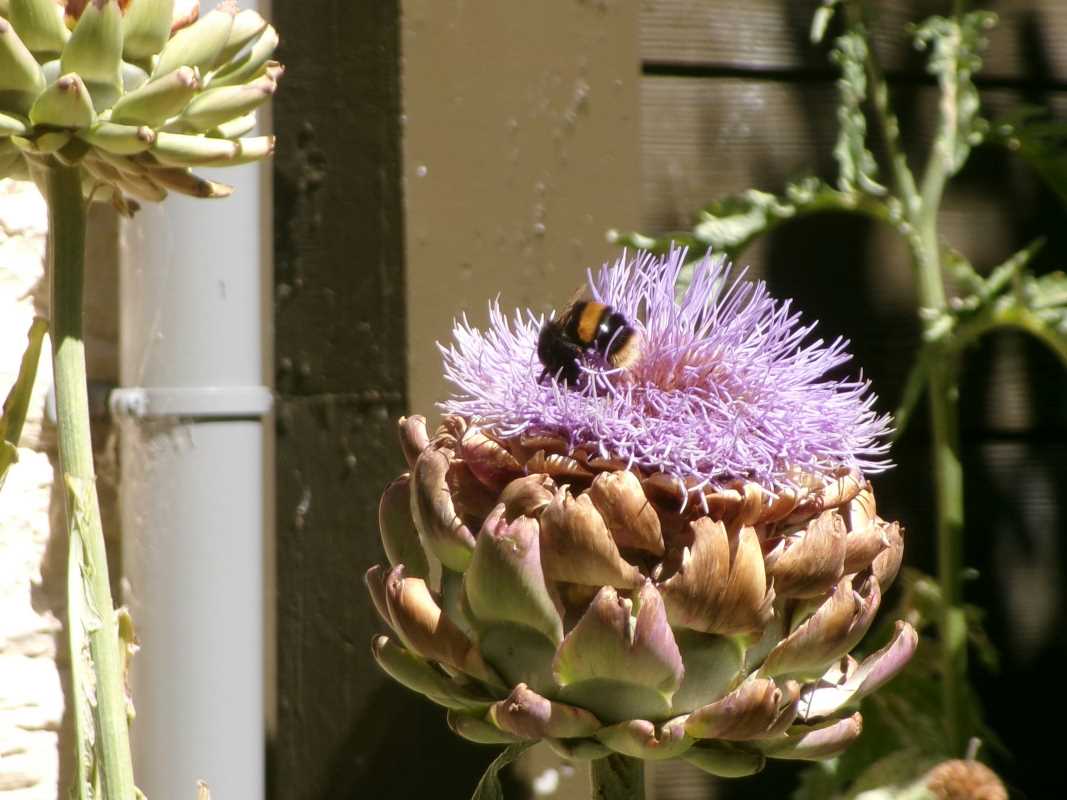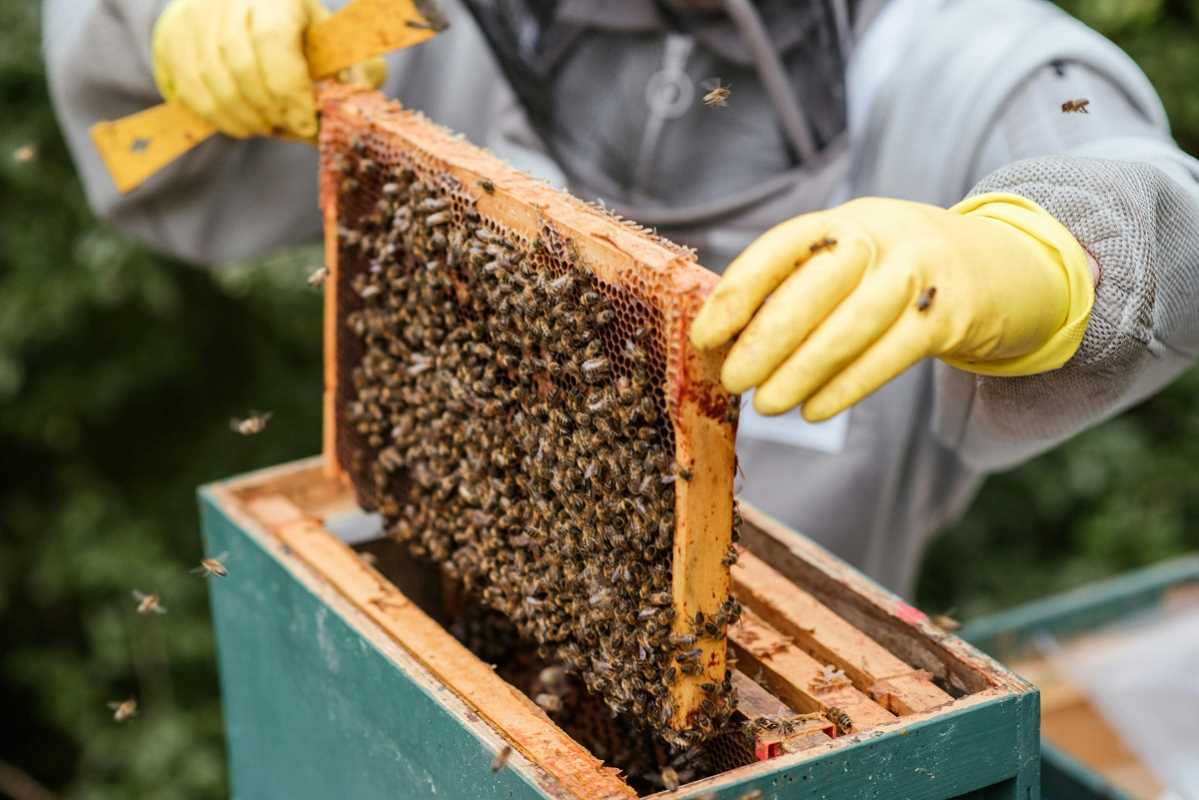Embarking on a sustainable home makeover doesn’t have to break the bank. Many small, affordable changes can make your home eco-friendlier while saving you money in the long run. Whether you want to reduce waste, lower energy consumption, or create a healthier environment, a sustainable home makeover is an investment in both your future and the planet.
Here are some practical, cost-effective ways to make your home greener and more efficient without overspending.
1. Start by Repurposing Furniture
Before buying anything new, take a fresh look at the items you already own. Repurposing or upcycling furniture is an excellent way to minimize waste and save money while adding unique character to your space.
- Repaint or Refinish: Old wooden furniture can be brought back to life with a fresh coat of low-VOC (volatile organic compound) paint or an eco-friendly wood stain.
- Get Creative: Turn an old ladder into a bookshelf, repurpose wooden crates into a coffee table, or transform a vintage door into a headboard.
- Reupholster: Instead of discarding a worn-out chair or couch, consider reupholstering it with sustainable fabrics like organic cotton or linen.
Why It’s Worth It: Repurposing furniture reduces landfill waste and eliminates the need for energy-intensive new production. Plus, it’s one of the best ways to add personalized charm to your home.
2. Invest in Energy-Saving Upgrades
Reducing energy consumption is a key step toward a sustainable home, and many upgrades are surprisingly affordable.
- Switch to LED Bulbs: Replace traditional incandescent light bulbs with LED bulbs. They use up to 80% less energy and last significantly longer.
- Install Smart Power Strips: These devices reduce energy waste from electronics left in standby mode, automatically cutting power when not in use.
- Seal Drafts: Use weatherstripping or caulking to seal windows and doors. This inexpensive fix reduces heating and cooling costs by improving your home’s insulation.
- Upgrade Showerheads: Low-flow showerheads save water without compromising water pressure, cutting down on water and heating bills.
Why It’s Worth It: Energy-efficient upgrades lower your utility bills and decrease your carbon footprint, making them a win-win for both your wallet and the environment.
3. Choose Eco-Friendly and Affordable Materials
If you’re planning larger projects or purchases, focus on sustainable materials that are also budget-friendly.
- Recycled Materials: Look for products made of recycled glass, wood, or metal for countertops, flooring, or decor.
- Bamboo or Cork Flooring: Sustainable and durable, these materials offer an eco-friendly alternative to traditional hardwood at an affordable price.
- Secondhand Finds: Explore thrift stores, online marketplaces, or yard sales for pre-loved furniture and decor. You’ll often find unique, high-quality items at a fraction of the cost.
Why It’s Worth It: Using recycled and sustainable materials conserves natural resources and reduces pollution associated with manufacturing and transportation.
4. Refresh Your Space with Plants
Houseplants are a simple, inexpensive way to make your home greener in every sense of the word. Not only do they add life and beauty to your space, but they also improve indoor air quality by absorbing toxins and increasing oxygen production.
Here’s How to Get Started
- Low-Maintenance Choices: If you’re new to plant care, start with resilient options like pothos, snake plants, or succulents.
- Propagate: Save money by propagating plants from existing ones. For instance, pothos cuttings can easily grow roots in water.
- Repurpose Containers: Instead of buying new pots, use mason jars, baskets, or even teapots for a creative and sustainable touch.
Why It’s Worth It: Beyond aesthetics, plants can reduce stress, boost productivity, and create a healthier indoor environment, making them an all-around great investment.
5. Reduce, Reuse, and Recycle in Everyday Decor
Tackling sustainability in your home doesn’t just mean grand gestures; it’s about everyday choices too.
- DIY Decor: Get crafty with old items. Turn wine bottles into vases, make wall art from old fabric scraps, or use mason jars as candle holders.
- Shop Local: Support local artisans and crafters by investing in handmade decor. This minimizes the carbon footprint associated with shipping and typically offers better quality.
- Avoid Single-Use Items: Swap disposable items like paper towels for washable cloth alternatives, or replace single-use plastic storage containers with glass or bamboo options.
Why It’s Worth It: Mindful use of decor and everyday items reduces waste while adding unique character to your space.
6. Rethink Your Walls and Floors
Sometimes, it’s the simple changes that can have the biggest impact.
Eco-Friendly Wall Options
- Non-Toxic Paints: Opt for zero-VOC or low-VOC paints that improve indoor air quality.
- Stick-On Wallpapers: If you want a fresh look without a major commitment, many brands now offer peel-and-stick wallpapers made with sustainable adhesives.
Sustainable Flooring Tips
- Natural Fiber Rugs: Choose rugs made from sisal, jute, or seagrass for a natural and affordable upgrade to your floors.
- Refinish Existing Floors: Instead of replacing old flooring, consider refinishing to restore its beauty and extend its lifespan.
Why It’s Worth It: Both walls and floors set the tone of your home. Sustainable options minimize toxins and waste while maintaining style and comfort.
7. Upgrade Your Kitchen and Bathroom Sustainably
Kitchens and bathrooms are hotspots for sustainability upgrades that don’t have to cost a fortune.
Kitchen Ideas
- Reuse Glass Jars: Store grains, spices, and dry goods in repurposed glass jars instead of buying plastic containers.
- Install a Faucet Aerator: These inexpensive devices reduce water flow without sacrificing pressure, cutting down on water use.
Bathroom Ideas
- DIY Cleaning Products: Make your own eco-friendly cleaners with simple ingredients like vinegar, baking soda, and essential oils.
- Replace Plastics: Opt for bamboo toothbrushes and compostable sponges to reduce waste.
Why It’s Worth It: Kitchens and bathrooms generate significant waste. These small changes can lower your environmental impact while saving money on disposable alternatives.
8. Maximize Natural Light
Lighting can transform a space, and maximizing natural light is an eco-friendly way to brighten your home while reducing electricity use.
- Clean Windows: Keep windows spotless to ensure natural light isn’t obstructed.
- Use Mirrors: Strategically position mirrors to reflect natural light, making the room look brighter and more open.
- Sheer Curtains: Replace heavy drapes with sheer, lightweight options made from natural fibers like cotton or linen to gently filter sunlight.
Why It’s Worth It: Better natural lighting saves energy, lifts your mood, and makes your home feel more inviting.







